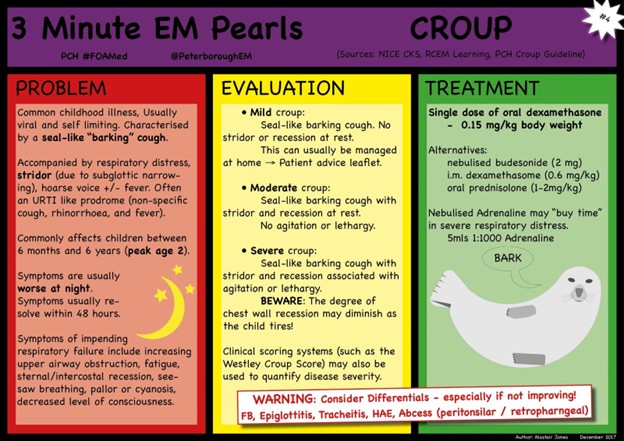The client is a 58-year-old male who wants to be screened for diabetes mellitus. The client has a sister who has type 2 diabetes. He has a history of depression, which is treated with paroxetine 10 mg orally every day. The client also states that he occasionally takes cannabis in edible form. He denies smoking or drinking. He works In a chemical factory where he is occasionally exposed to fumes. The client's BMI is 28.
Which of the following indicates an understanding? (Select all that apply)
If my fasting blood sugar is less than 100 next time, I can go back to my usual eating habits.
Making these changes will also help me avoid other chronic health conditions.
I can never eat sugar again.
If I make the changes we talked about, I will not get type 2 diabetes.
If I have symptoms like increased thirst and urination, I should come in and get my blood sugar checked.
Correct Answer : B,E
Correct:
B- Making these changes will also help me avoid other chronic health conditions. This statement indicates an understanding because the client recognizes that the lifestyle changes discussed will not only help prevent or manage diabetes but also have a positive impact on other chronic health conditions such as cardiovascular disease and obesity.
E- If I have symptoms like increased thirst and urination, I should come in and get my blood sugar checked. This statement indicates an understanding because the client acknowledges the importance of monitoring their blood sugar levels if they experience symptoms commonly associated with diabetes, such as increased thirst and urination.
Incorrect choices:
A- If my fasting blood sugar is less than 100 next time, I can go back to my usual eating habits. This statement indicates a misunderstanding. It suggests that as long as the client's fasting blood sugar is below 100, they can resume their previous eating habits, which is not accurate. It's important to emphasize that long-term lifestyle changes are necessary, regardless of individual blood sugar readings.
C- I can never eat sugar again. This statement indicates a misunderstanding. While it's important to minimize the consumption of sugary foods and beverages, it's not necessary to completely eliminate all sugar from the diet. Moderation and mindful consumption are key.
D- If I make the changes we talked about, I will not get type 2 diabetes. This statement indicates a misunderstanding. While making positive lifestyle changes can significantly reduce the risk of developing type 2 diabetes, it does not guarantee complete prevention. Genetic and other factors can still influence an individual's susceptibility to the condition.
Nursing Test Bank
Naxlex Comprehensive Predictor Exams
Related Questions
Correct Answer is ["C","E"]
Explanation
C. Regularly selects salty snacks to eat in the evening: Consuming excessive amounts of sodium (found in salty snacks) can increase blood pressure and contribute to the development of hypertension.
E. Chews tobacco while playing baseball every weekend: Tobacco use, including chewing tobacco, is associated with an increased risk of hypertension and other cardiovascular diseases.
The other choices are incorrect because they do not directly contribute to an increased risk of hypertension:
A. Drinks a protein supplement for breakfast every day: Consuming a protein supplement for breakfast does not necessarily increase the risk of hypertension. However, it is important to note that some protein supplements may contain added sodium, which can contribute to hypertension if consumed in excessive amounts.
B. Eats eight ounces of nonfat yogurt for lunch daily: Eating nonfat yogurt is generally considered a healthy food choice. However, unless the yogurt is high in added sodium, it would not significantly increase the risk of hypertension.
D. Walks briskly for two miles every day after work: Regular exercise, such as brisk walking, is generally beneficial for cardiovascular health and can help lower blood pressure. It is unlikely to increase the risk of hypertension.
Correct Answer is C
Explanation
Croup is a viral infection that affects the upper airways, causing inflammation and narrowing of the air passages. In severe cases, it can lead to respiratory distress, including increased work of breathing and decreased oxygen saturation levels. Monitoring the child's oxygen saturation level using a pulse oximeter is an essential intervention to assess the severity of respiratory distress and the need for further interventions.

A. Encouraging the child to drink cool, clear liquids can help soothe the throat and prevent dehydration.
B. Instructing the mother to play with the child for stimulation and distraction can help provide comfort and alleviate anxiety.
D. Administering acetaminophen as needed (PRN) can help reduce fever and discomfort. However, none of these interventions directly address the potential respiratory distress and the need for oxygenation assessment.
Whether you are a student looking to ace your exams or a practicing nurse seeking to enhance your expertise , our nursing education contents will empower you with the confidence and competence to make a difference in the lives of patients and become a respected leader in the healthcare field.
Visit Naxlex, invest in your future and unlock endless possibilities with our unparalleled nursing education contents today
Report Wrong Answer on the Current Question
Do you disagree with the answer? If yes, what is your expected answer? Explain.
Kindly be descriptive with the issue you are facing.
